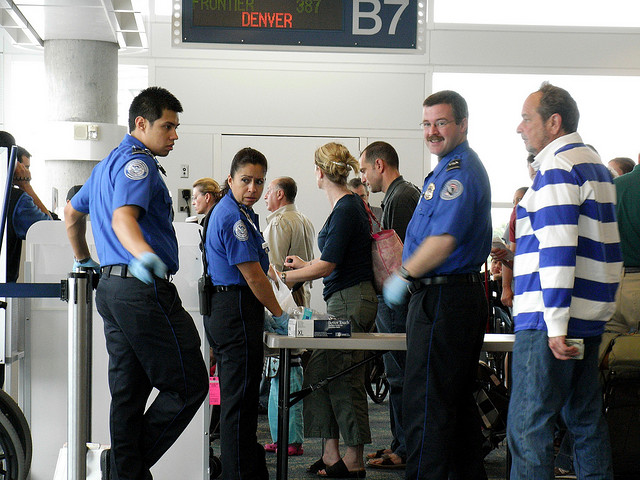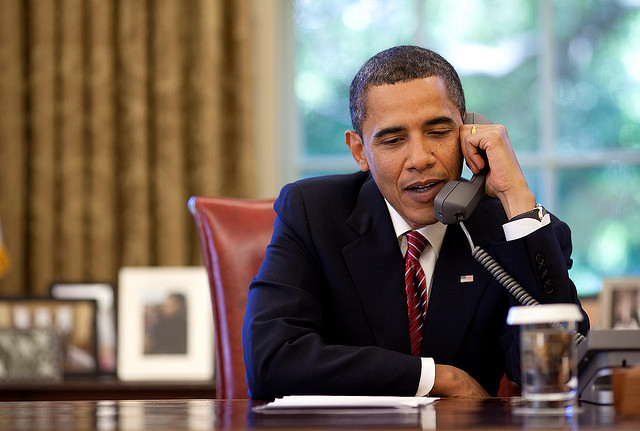The new replacement rule affecting the Optional Practical Training (OPT) program for F-1 students with degrees in science, technology, engineering, or mathematics (STEM), has been posted and is now available for inspection in the federal register. The new replacement rule will replace the previous 2008 rule and become effective beginning May 10, 2016.
The new rule authorizes F-1 STEM students pursuing a 12-month Optional Practical Training program in the United States to extend their ‘OPT’ status for a 24-month period. The 24-month extension replaces the 17-month STEM OPT extension previously available to STEM students. The 17-month STEM OPT extension will continue to be effective until May 9, 2016. The new 24-month extension applies only to F-1 STEM OPT students attending accredited United States institutions, whose employers participate in the U.S. Citizenship and Immigration Services E-verify program. Only students in a valid period of post-completion OPT may file for a STEM OPT extension. The 24-month extension, coupled with the 12-month period given with initial post-completion OPT, will give STEM students a period of 36 total months of practical training in their field. Amendments that come with the new rule include additional oversight and improvement of the program requiring formal mentoring and training plans by employers, a new STEM definition and Classification of Instructional Program Categories, provisions on previously obtained STEM degrees, Accreditation and Employer Visits, and OPT compliance. In addition, new provisions have been introduced relating to wage and protections for STEM OPT students and safeguards for American workers as described below.
The ‘Cap Gap’ provision previously available to F-1 STEM OPT students in 2008 remains in place. This provision allows students with a timely filed H-1B petition requesting a change of status, the benefit of automatically extending their F-1 status and employment authorization until October 1 of the H-1B visa fiscal year for which the student has applied. The Cap-Gap was created with intention of avoiding any disruption students might experience in their careers and personal life as a result of temporary gaps in their status.
 Visa Lawyer Blog
Visa Lawyer Blog











